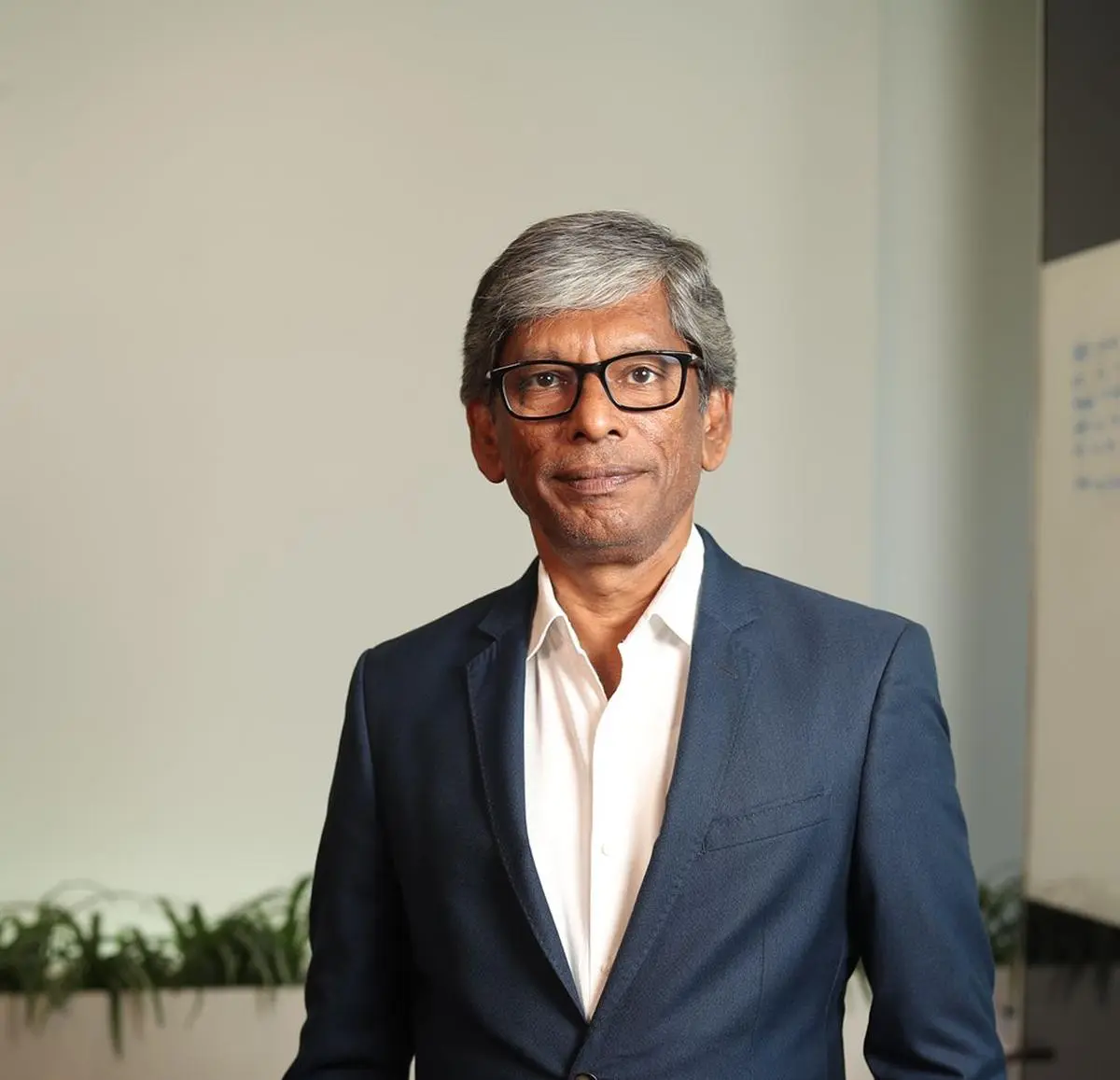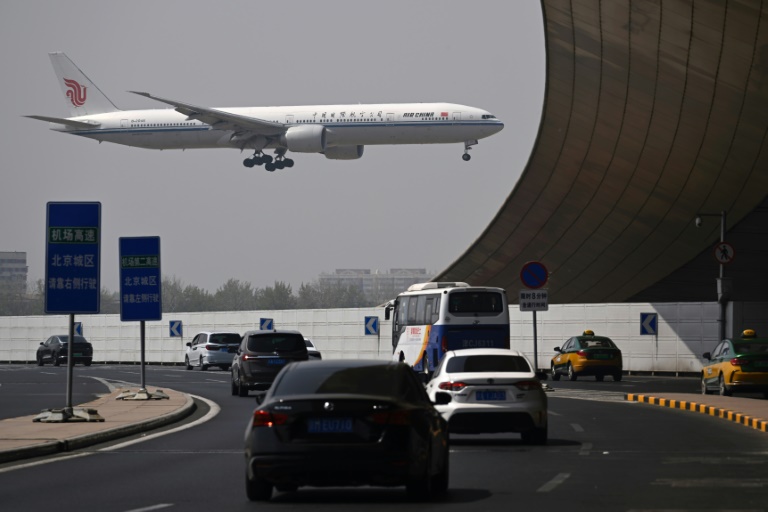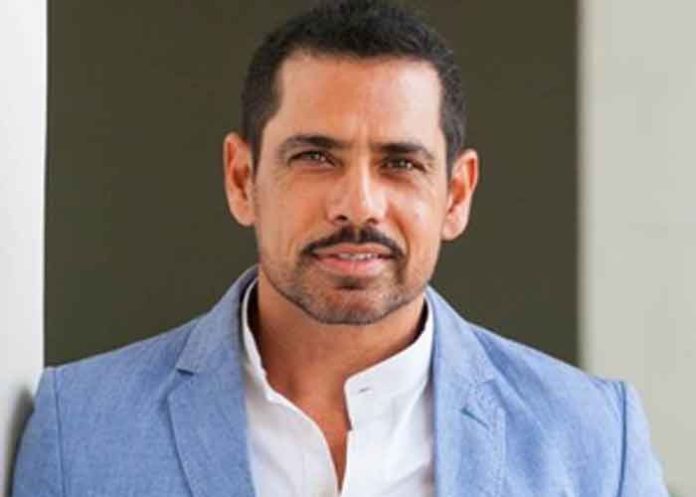The Reserve Bank of India (RBI) must consider linking ATM cash withdrawal interchange fee to an external macro indicator, rather than re-setting it themselves, to ensure that rates remain ‘fair and responsive to economic conditions’, Electronic Payment and Services (EPS) chairman and managing director Mani Mamallan tells businessline in an interaction. The RBI and NPCI recently approved hiking ATM interchange fees by ₹2 from May 1 onwards. Edited excerpts: The central bank’s approval of a ₹2 increase in ATM interchange fees is indeed a welcome step which will help the ATM industry operators manage rising costs, and continue to provide convenient cash access to customers.
Linking future fee adjustments to an external inflation index could ensure they remain fair and responsive to economic conditions. I love ATMs and started my life with ATMs. I have been in this industry when the country had only 45 machines.

So from then to now, I think I’ve seen the ATM evolve. Secondly, everything is not done for business and money-making alone. Of course we need to, we have to have a sustainable business.
As long as you know there is a margin which can sustain a business, we will continue to do. Further, most of the other players who surrendered their license were not so passionate as this was just one vertical of their business and not core business. According to our plan filed with regulator, we will deploy 9,000 machines over three years period.
On an average we dispense close to some ₹600-700 crore every day and the ticket size is somewhere close to ₹4,000. Transactions value is expected to increase at the rate of inflation. Adaptation of digital payments is largely in the urban and metro areas.
ATM transactions are still prevalent in semi-urban and rural areas. We work with 8-10 large banks including State Bank of India, Bank of Baroda, Canara Bank, Union Bank of India, Bank of India, IDFC First Bank, among others and are agnostic to customers, of course for a right price. We are an official NPCI technology partner, and have partnerships with various organisations in India and abroad.
We have Hungarian, Mexican partners, and we used to have our own organisation in Australia which we closed down during COVID-19. In terms of new services, we are primarily a B2B2C player. As we speak, we are building a MSME marketplace platform which is being tested at two banks.
Possibly, an official launch will take place very soon. It’s primarily for the MSMEs market segment where the MSME can focus on core business, and we will take care of their tech, HR, finance, and payment services. We are also building another platform to provide transaction assurance services, wherein if any transaction is happening through our platform and if any fraud, indemnity or dispute is identified, it can be settled instantaneously by us.
This is possibly the only country where you can still find Indus Valley Civilization and Artificial Intelligence together. So, this country moving away from one practise to another, I think that’s a very big ask. Even today, we have bullock carts.
Simply because we had flights, we didn’t just think the buses and trains and trams will go off...
So you will continue to basically have population which requires cash because primary reason is the velocity of payments. When I say velocity of payments, it means that the money which you have in hand and the times it’s supplied in a day, it actually makes the merchandise value of the economy..
. I’m in support of cash and digital both, as they cater to different audiences, and they will have to coexist. Comments.
Business

Linking ATM interchange fees to external index will aid ATM operators, EPS CMD says

RBI and NPCI recently approved hiking ATM interchange fees by ₹2 from May 1 onwards














